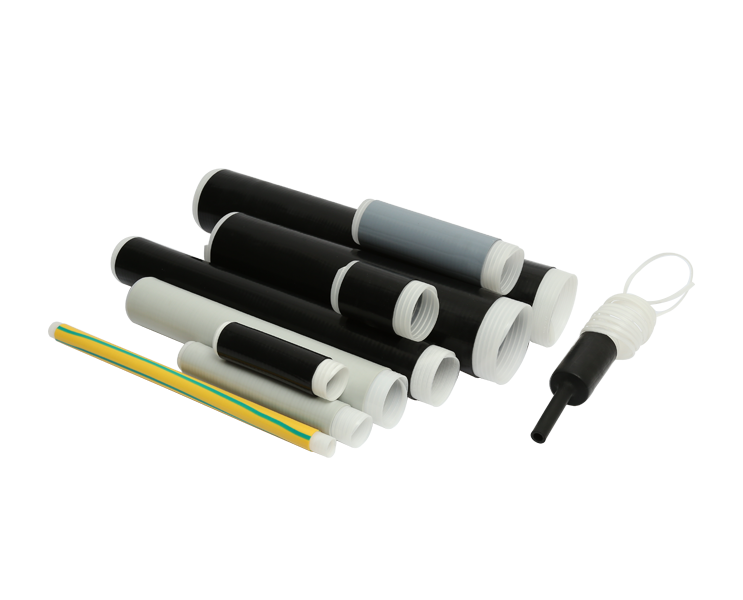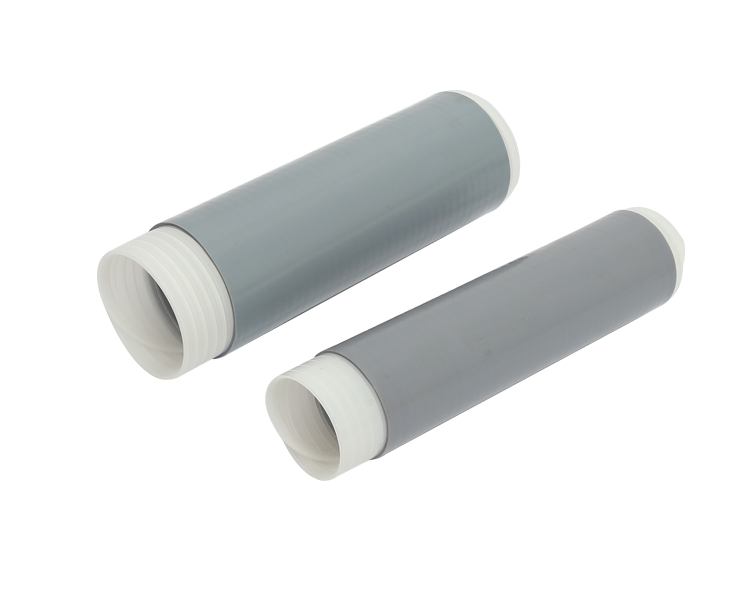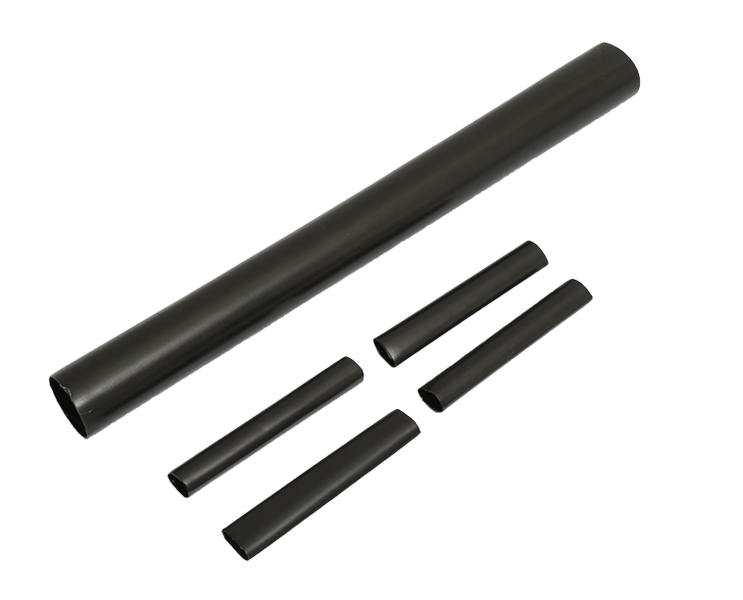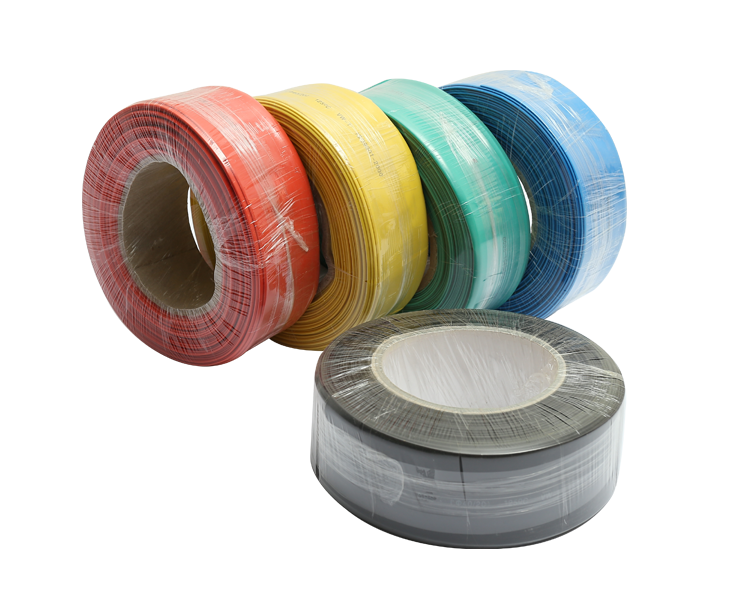Mechanical lugs, also known as wire lugs or cable lugs, are essential components in electrical systems that play a significant role in connecting cables and conductors securely. These versatile devices are used in a wide range of applications, from power distribution to industrial machinery and renewable energy systems.
Mechanical lugs are primarily used for connecting conductors, wires, or cables together. They create a reliable and robust electrical connection, ensuring the uninterrupted flow of electrical current.
Mechanical lugs are often used as termination points in electrical panels, switchgear, and distribution boards. They provide a secure point where conductors can be attached to electrical equipment.
Mechanical lugs are available in various sizes and designs to accommodate different conductor sizes. They allow for a smooth transition from larger to smaller conductors or vice versa, ensuring compatibility and flexibility in electrical systems.
In residential and commercial electrical installations, mechanical lugs are used to connect branch circuits to the main electrical service panel. These lugs facilitate safe and code-compliant electrical installations.
Mechanical lugs are integral components of grounding and bonding systems. They are used to create secure connections between grounding conductors and grounding electrodes, such as grounding rods or plates.
In power distribution systems, mechanical lugs are used to connect power cables to transformers, circuit breakers, and other electrical components. They ensure a reliable flow of electricity from the source to the load.
Copper lugs are highly conductive and corrosion-resistant. They are commonly used in electrical systems, especially when dealing with copper conductors. Copper mechanical lugs offer excellent electrical connectivity and durability.
Aluminum lugs are used for aluminum conductors, which are lighter than copper and often preferred for long-distance power transmission. These lugs are designed to create reliable connections with aluminum conductors.
Compression lugs are crimped onto the conductor using a specialized crimping tool. They provide a strong, gas-tight connection, making them ideal for critical applications where electrical integrity is crucial.
Solder lugs are designed for soldering directly to conductors. They provide a secure connection and are often used in applications where mechanical strength and electrical reliability are essential.
Lay-in lugs are designed for easy installation without the need to remove or cut the conductor. They are often used in retrofit or panelboard applications where convenience and quick installation are important.
Proper selection and installation of mechanical lugs are crucial for the safety and performance of electrical systems. The following factors underscore their importance:
Correctly selected and installed mechanical lugs ensure electrical integrity, preventing overheating, voltage drops, and electrical faults that can lead to power outages and equipment damage.
Well-installed mechanical lugs reduce the risk of electrical hazards, such as short circuits or arcing, which can lead to fires and injuries.
Properly chosen and installed mechanical lugs ensure compliance with electrical codes and standards, ensuring that installations are safe, reliable, and in accordance with industry regulations.
Mechanical lugs that are correctly sized and installed provide a long-lasting and dependable connection, reducing the need for frequent maintenance or replacements.
Efficient electrical connections mean minimal energy losses and optimal performance in electrical systems. Properly selected and installed mechanical lugs contribute to the efficiency of power distribution.
Mechanical lugs are fundamental components in electrical systems, facilitating secure conductor connections, terminations, and transitions. They come in various types, materials, and designs to accommodate different applications and conductor sizes. The proper selection and installation of mechanical lugs are essential for ensuring electrical integrity, safety, compliance with standards, and long-term efficiency in electrical installations.

 English
English 简体中文
简体中文



